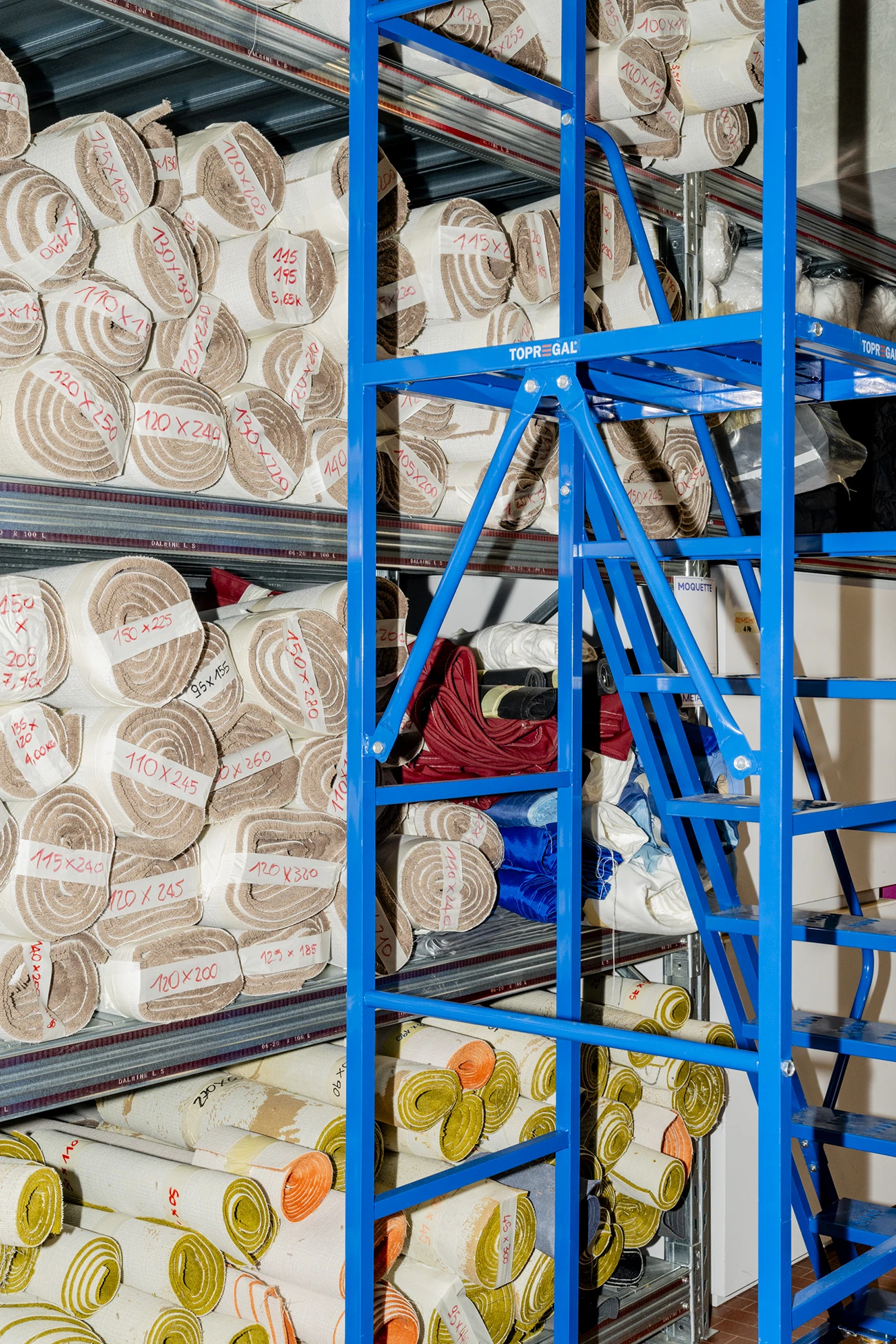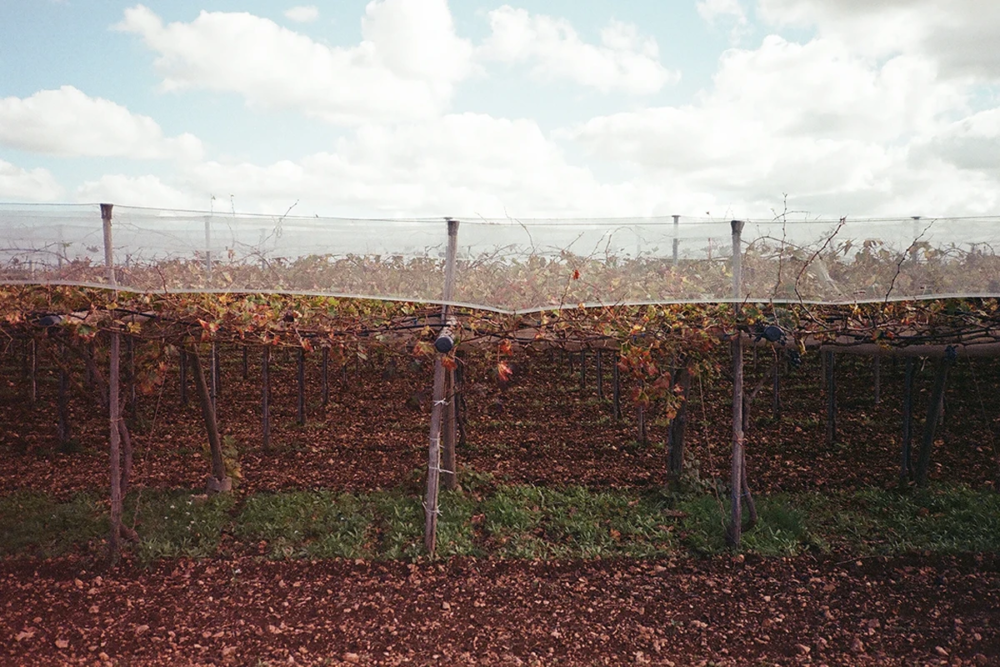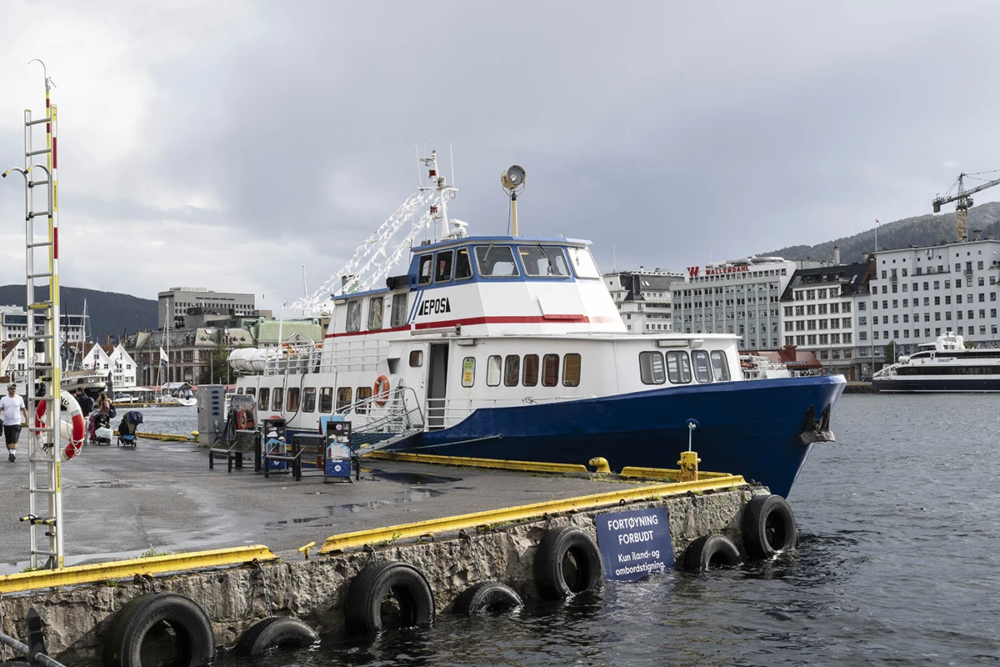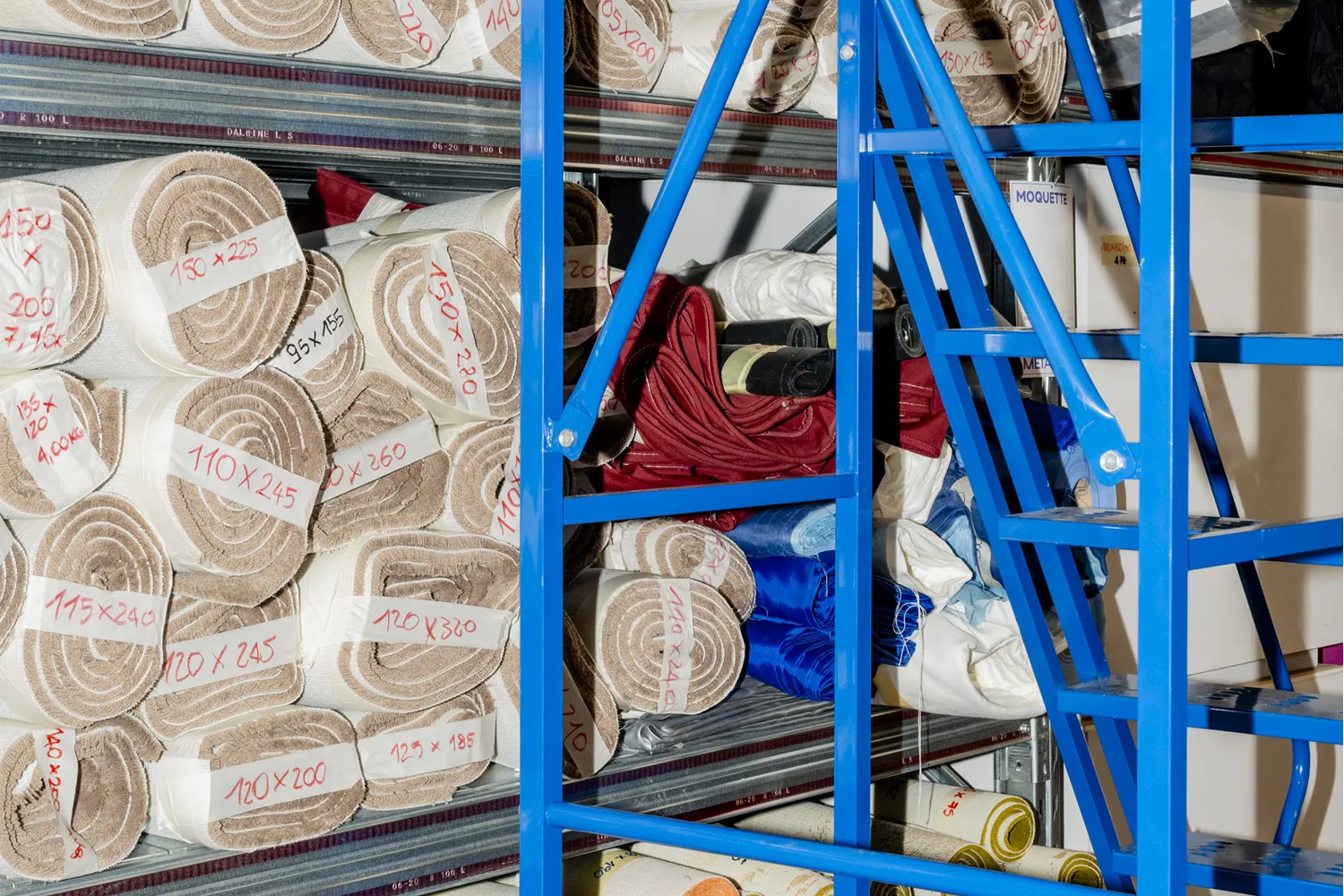
Fashion Weeks must be about rules and regulations – not about parties and glam
The more fashion capitals jump on the so-called sustainability requirements, rules and regulations, the more critics begin to wonder if a sustainable fashion week can ever exist
Sustainability requirements for fashion weeks are expanding across Europe, but do they work?
Essentially, a fashion week is a marketing platform. It’s not about rules and regulations. As the framework gains traction, it’s beginning to raise questions – arguably one of its most tangible outcomes. Do non-binding rules truly push brands to rethink their designs, supply chains, and marketing? Which requirements deserve priority? What other strategies are event organizers, brands, and scenographic studios proposing to reduce a fashion show’s impact? Or is expecting real change from fashion weeks wishful thinking, since they are ultimately marketing events?
Inside CPHFW’s 19 minimum sustainability standards for fashion shows: what brands must (and must not) do
Copenhagen. As described on its website, CPHFW’s Sustainability Requirements serve as a framework used during the application process – not as a certification or audit – providing vision-driven organizers with legitimate grounds to exclude brands that don’t align.
The framework spans six focus areas: strategic direction, design, smart material choices, working conditions, consumer engagement, and show production. The 19 minimum standards are phrased as policy statements: We do (not)…. The last four pertain specifically to the showcase itself, such as a ban on single-use props and rules around waste handling. Brands are also asked to answer additional questions to provide insight into their sustainability standing.
Some organizations, like Oslo Runway, have begun shifting their terminology from sustainability to minimum criteria. Critics like greenwashing expert Tanja Gotthardsen have something to do with it.
Greenwashing concerns challenge the effectiveness of fashion week sustainability frameworks
In 2024, Gotthardsen filed a complaint with the Danish Consumer Council, an independent body overseeing consumer rights. Her core concern: ”The way the standards are set up doesn’t ensure that businesses follow them.” She argues the requirements fall short of the official Brundtland Commission’s definition of sustainability.
She points out that none of the requirements ask for a plan to prevent union busting or to implement living wages. Sharing production volumes is also not mandated. ”A viable path could be to say: if you produce more than two or four annual collections—or of a certain size—you cannot participate.”
Then there is something off with number 14: ”It states that brands must comply with anti-greenwashing policies. Yet it took me less than an hour to find seven participating companies with questionable sustainability claims on their websites – we’ve filed complaints against them as well.” The marketing around these requirements, she argues, ”blinds us to what this transformation is about.”
Fashion brands are rethinking scenography with reused, rented, and repurposed show set elements
The glass-half-full perspective? In terms of production, fashion shows are evolving – possibly nudged by the requirements’ publicity. Isabella Rose Davey, COO of Copenhagen Fashion Week, notes that brands have increasingly repurposed show props into tote bags, reused deadstock, and integrated stage materials into future collections. Renting show set elements has become common, and more shows use natural backdrops to minimize production. For instance, OperaSport’s AW25 show was held at Christian IV’s Bryghus – a 1608 historic site filled with sculptures – while MKDT presented their collection at Thorvaldsens Museum, eliminating the need for additional décor.
Davey adds that since 2019, CPHFW has tracked its CO₂ emissions and reduced wherever possible—including catering, merchandise, transport, and production. ”Today, our assessment is that it’s not possible to cut much further.”
Berlin Fashion Week showcases sustainable scenography and low-impact venues with local context
Similar experiences from Berlin Fashion Week SS26 included Richert Beil’s collection Milieuschutz, presented in their soon-to-be new studio, as it was undergoing renovation. The half-reconstructed, 135-year-old pharmacy in Kreuzberg served as both inspiration and show location. At Anja Gockel, the natural choice was to begin in their own shop at Pariser Straße 44, from where guests were led into a Berlin courtyard – without a stage.
Scott Lipinski, CEO of Fashion Council Germany says: ”There is a growing awareness of the sustainability of the shows themselves. Most brands already rely heavily on renting props, avoid single-use plastics. These are both aspects that are also actively encouraged by the requirements we are still piloting.”
According to Nicolas Delarue, Communication and Development Director, a new working group on eco scenography is working on more initiatives and a voluntary sustainability framework – much like CPHFW’s.
Post-event scenography management and secondhand materials are shaping the future of fashion set design
Sustainability in fashion show set design means thinking beyond the event – extending the lifespan of scenography by retaining elements for future use. For example, architectural studio OMA passed on set design elements for Prada during the pandemic to four art academies, transforming creative waste into a resource for new projects.
Increasing demand for sustainable post-event management and for secondhand materials, create a market for production companies like Spazio META. Founded in Milan in 2020, Spazio META is Italy’s first company focused on recovering props and scenography from temporary installations. “By offering a service of selection and collection, we act as a filter before disposal”, says founder Benedetta Pomini. Their resale platform features a broad range of materials—including wood, textiles, glass, metal, minerals, ceramics, plexiglass, and foam – suggesting that brands are still not ready to let go of unique resources in the name of storytelling.
Spazio META promotes circular scenography by recovering and reselling fashion show props and materials
Reflecting on collaborations with brands like Bottega Veneta, Brioni, and Tom Ford, Pomini admits: ”There is still much to be done. Most brands and production companies are not yet well-informed or equipped to act beyond what is often publicly declared as a commitment to a green transition. Although the service we offer is straightforward, brands remain reluctant to adopt circular practices for shows and temporary set-ups. Learning from those experiences, we developed a set of guidelines to help facilitate circular practices in fashion shows and temporary installations.”
The question that remains is whether the sum of all efforts – even best practices – will ever be enough to significantly reduce the environmental footprint of fashion weeks. According to UK-based researcher Mengyuan Wang, virtual fashion might be the only real solution. Is the industry willing to adopt it?
Reflecting on her interviews with professionals, Wang notes: “Show directors and event coordinators see virtual shows as a practical solution. Models and stylists working between cities like Shanghai and London appreciate their accessibility and lighter labor demands but also consider virtual garments ‘not real enough to represent beauty’. PR professionals voice concerns about consumer trust and the risk of alienating less tech-savvy audiences, even as they acknowledge the format’s lower carbon footprint.”
Virtual fashion shows are gaining traction as a low-impact solution—but is the industry ready to adapt?
Wang found that the appetite for virtual shows varies by country. “Educators in the U.S. and China shared surprisingly aligned, positive views on virtual fashion. In the U.S., virtual fashion is seen as a tool for creative freedom and social justice. In China, it’s already embedded – used to digitally reconstruct ancient garments and taught in elite programs, often backed by academic or government institutions. By contrast, UK educators were more skeptical, with many watching from the sidelines rather than actively experimenting.”
There is talk, Wang notes: ”The fact that these discussions around potentially more sustainable digital fashion shows are taking place inside fashion week venues is a sign of genuine momentum.”
Anna Roos van Wijngaarden
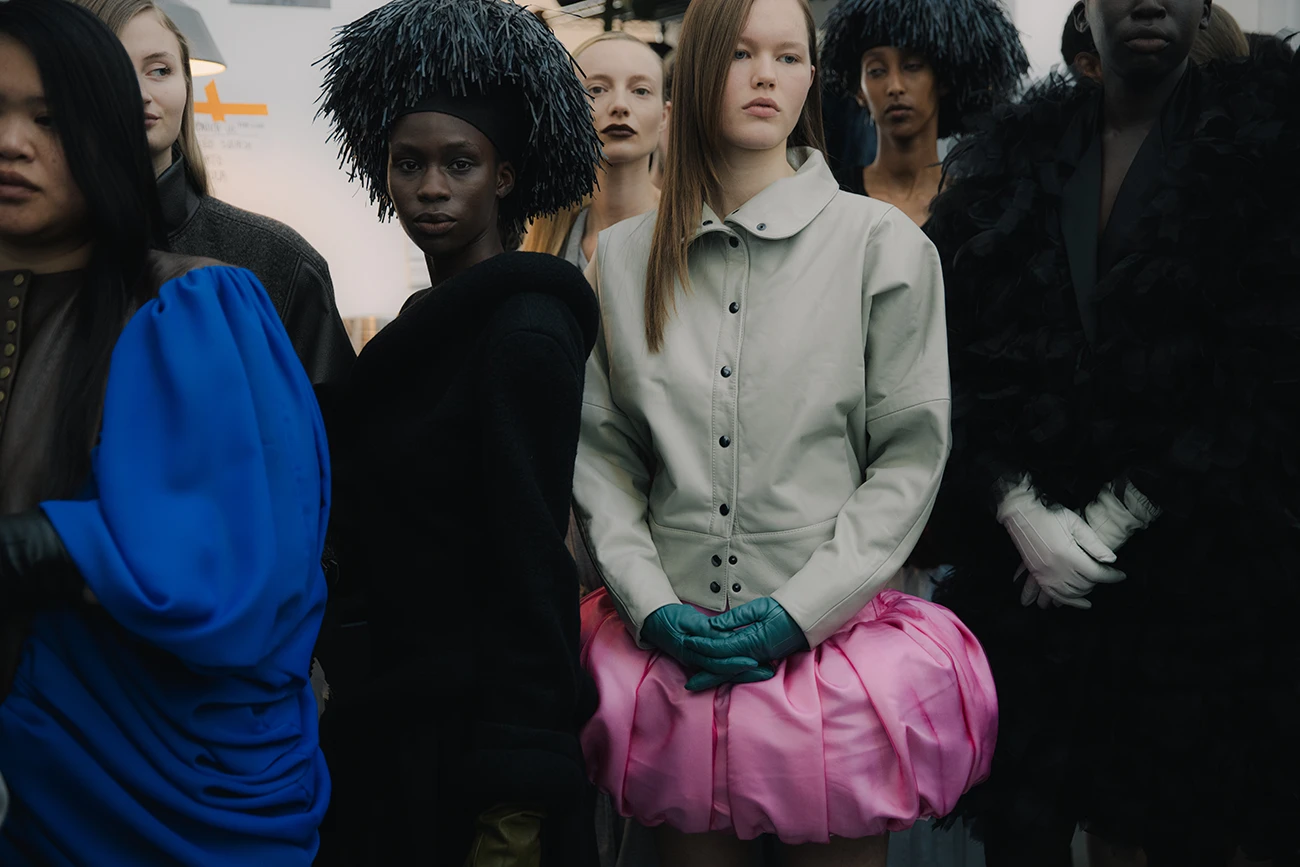
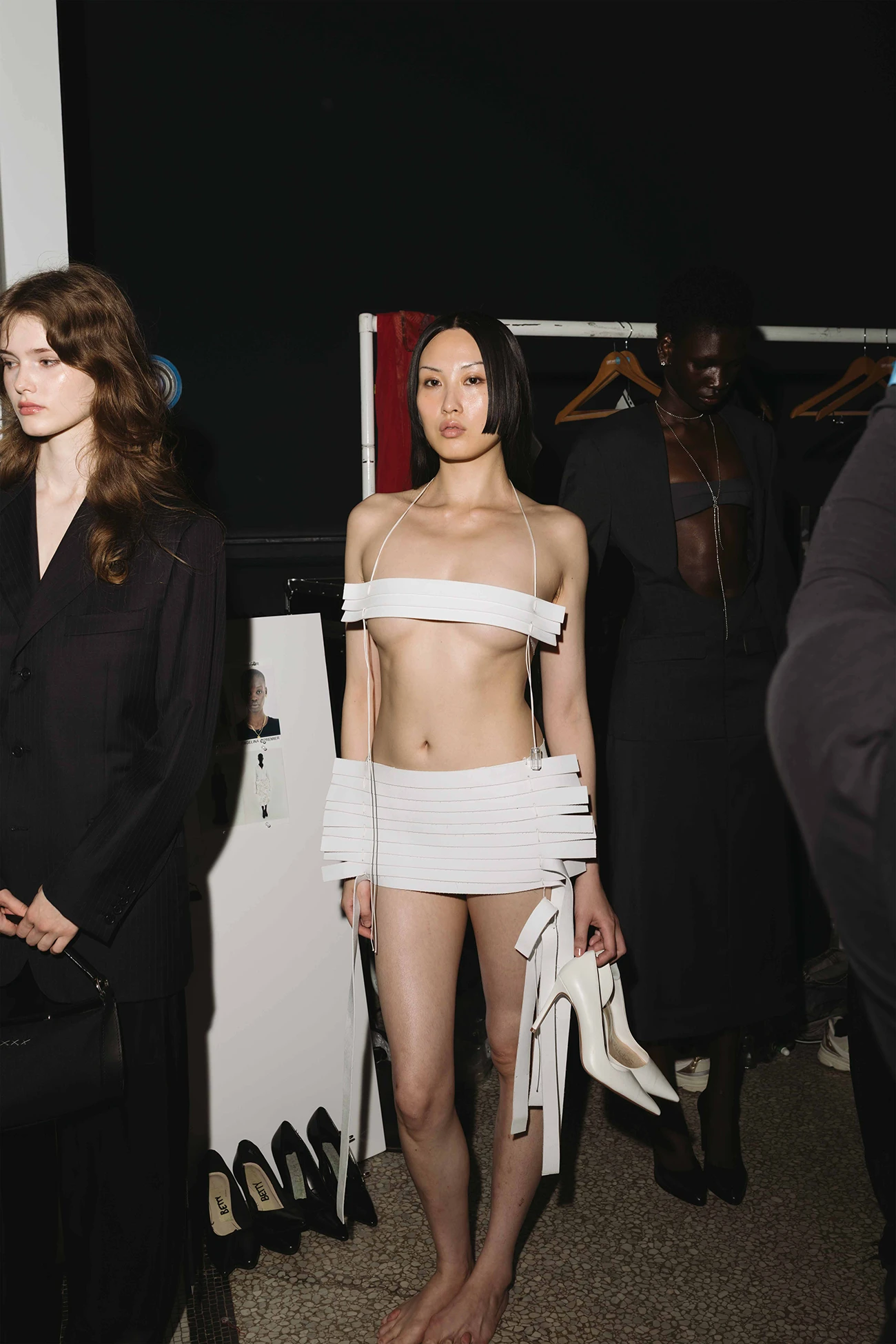
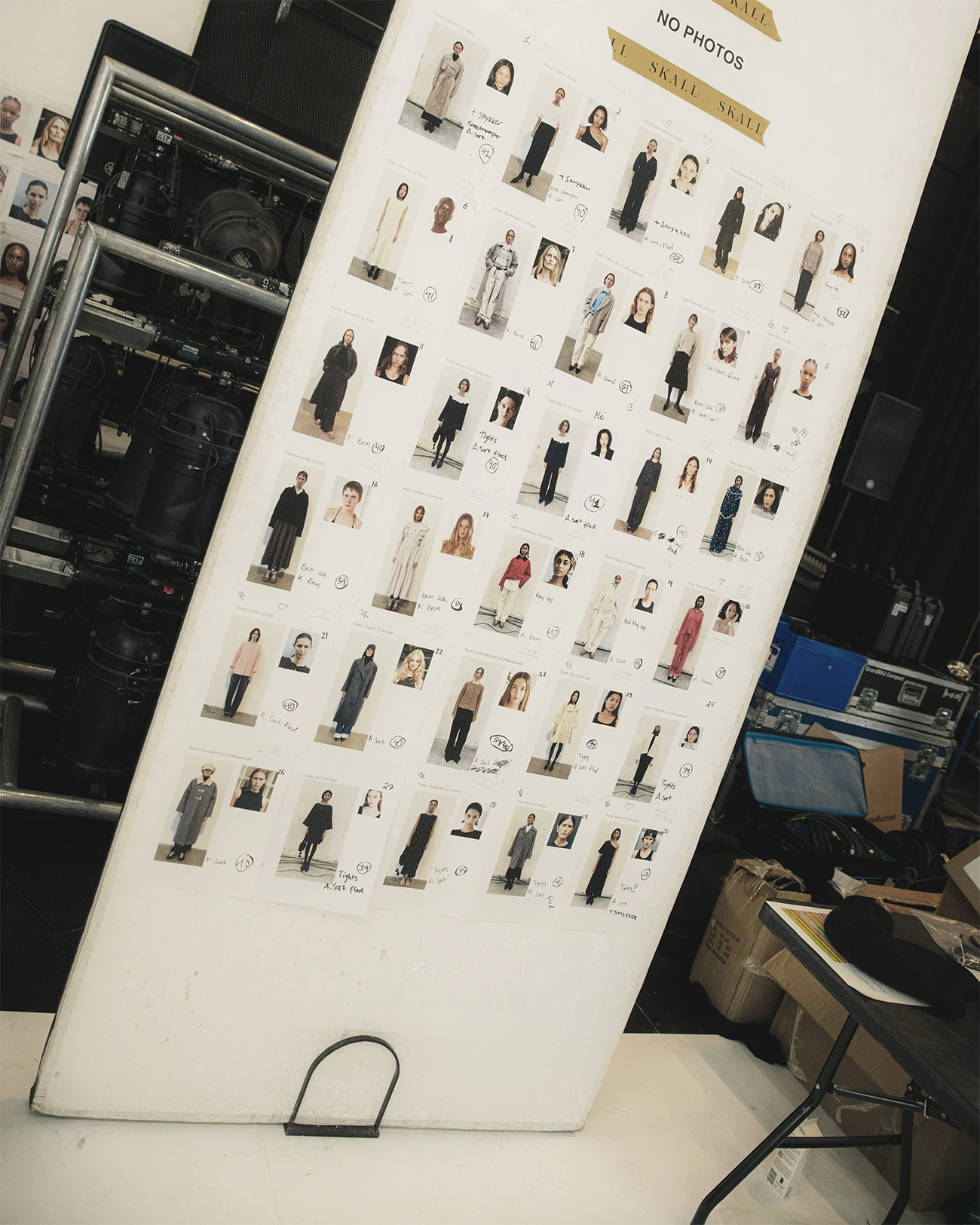
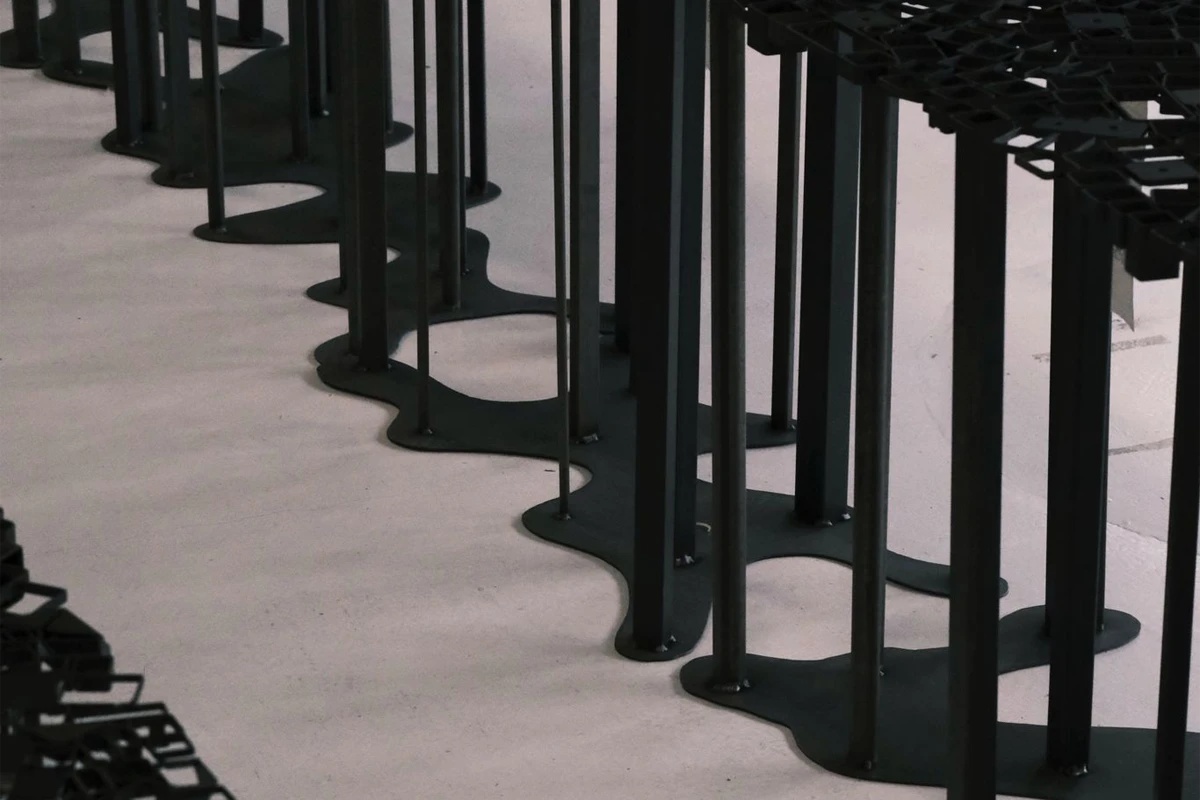
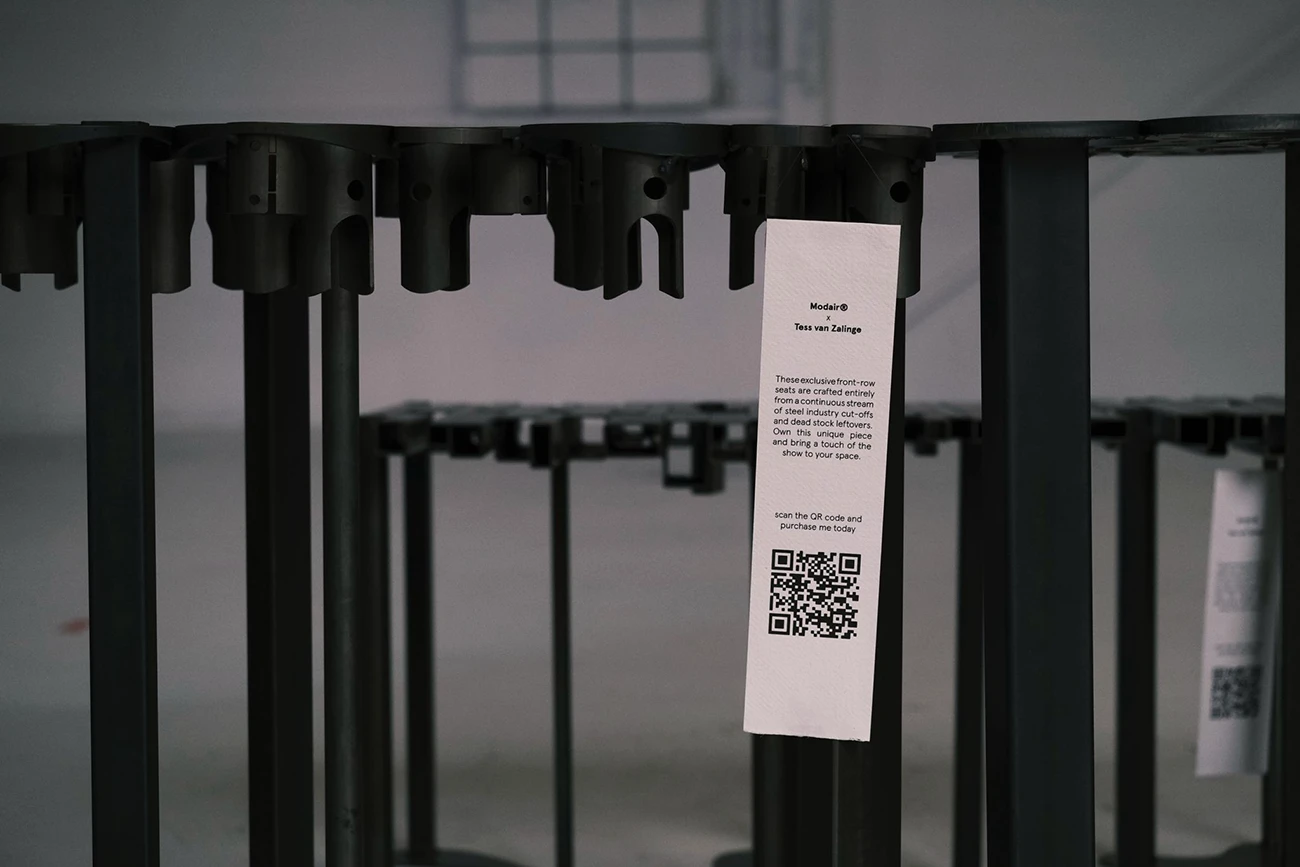
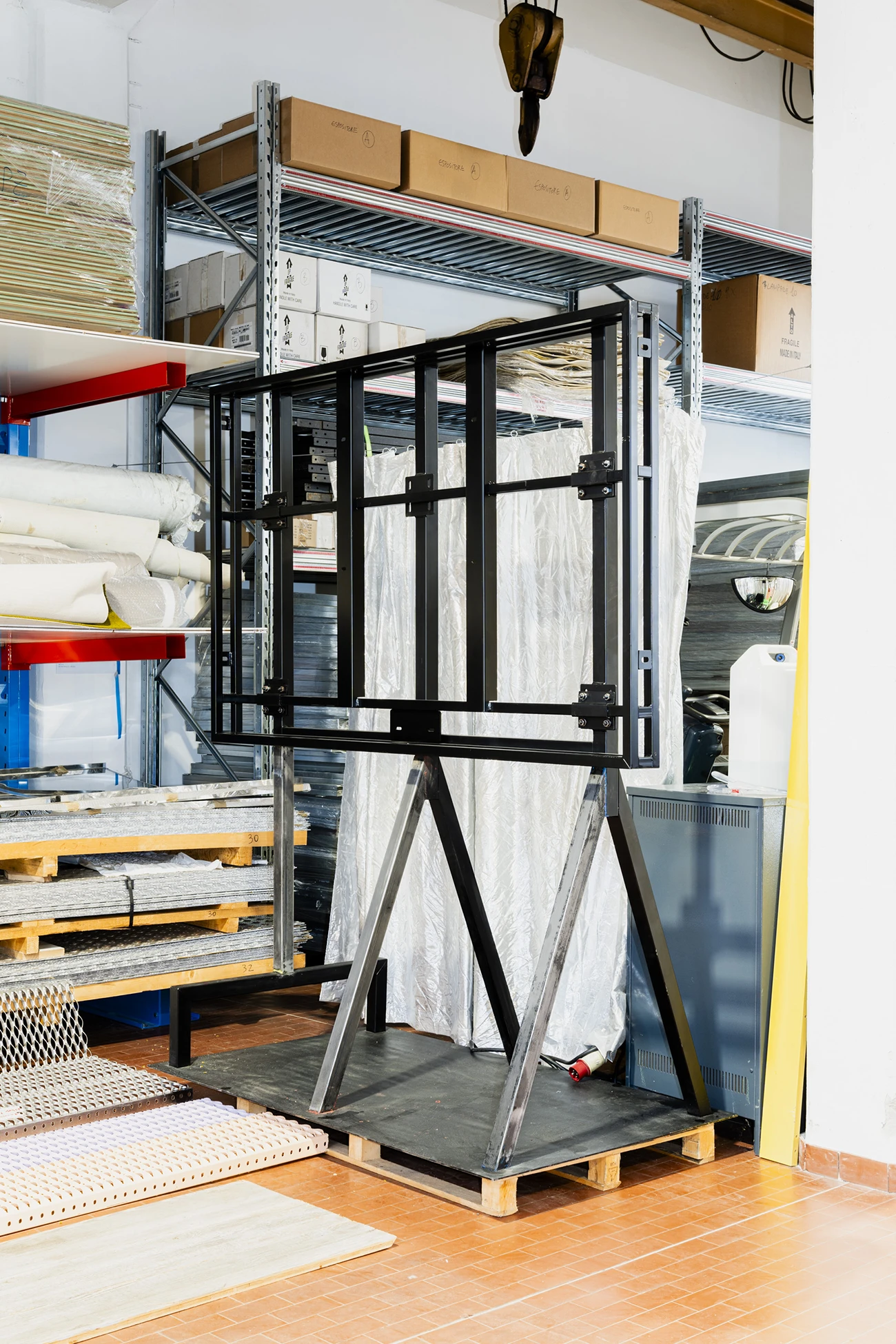
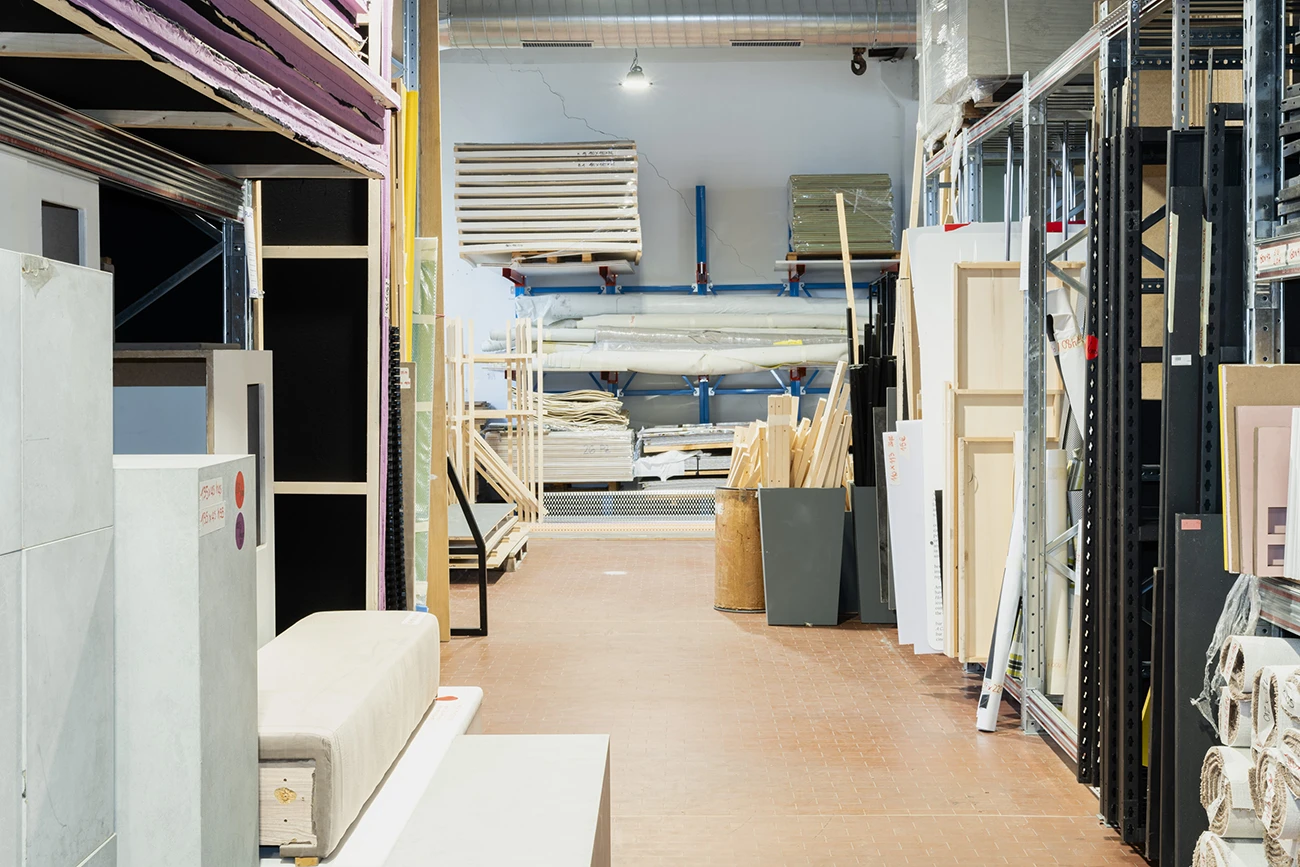
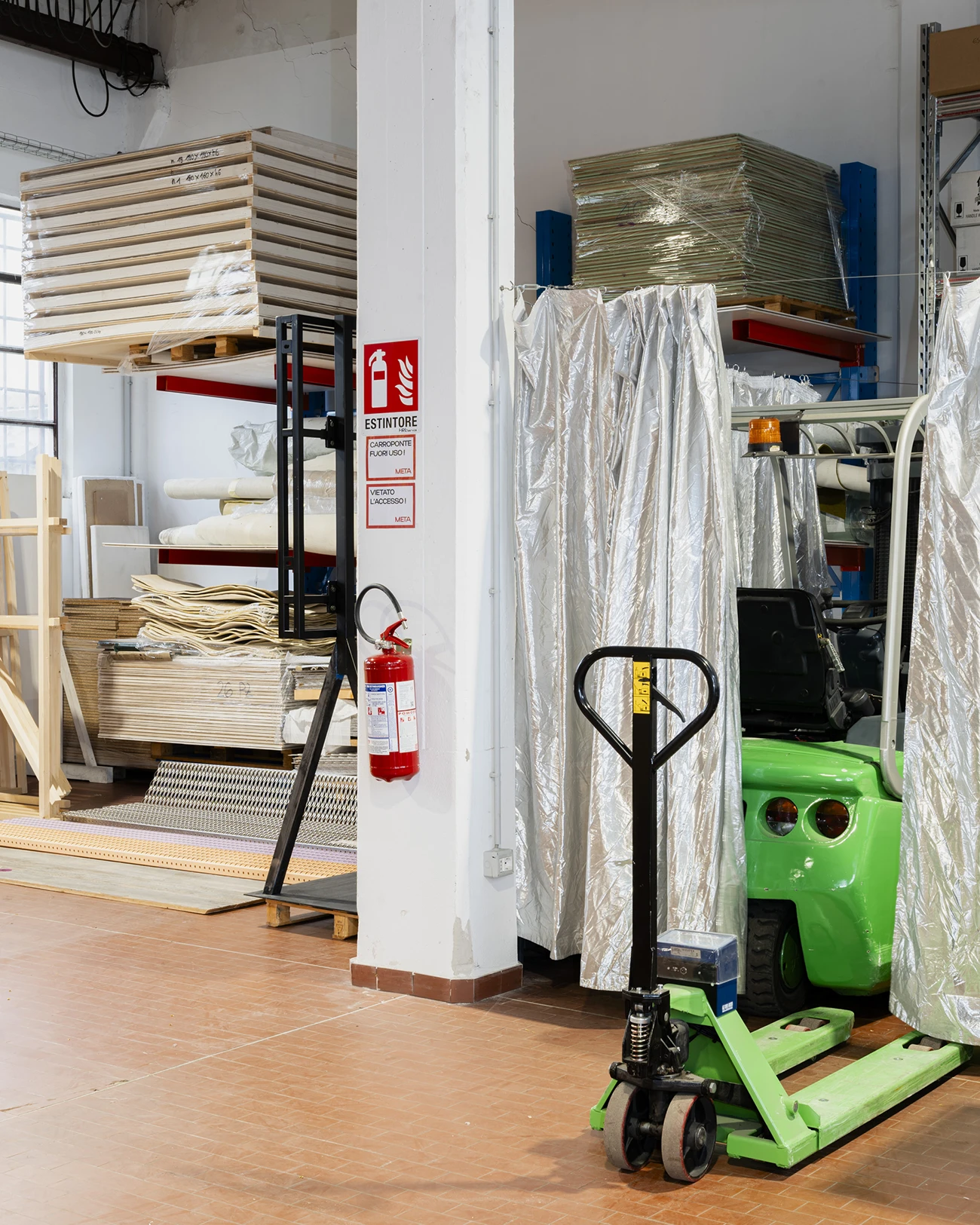



Amsterdam Fashion Week pairs young sustainable designers with mentors and corporate funding
In Amsterdam, since stylist Danie Bles took over direction in 2017, Fashion Week has focused on pairing emerging designers with commercial partners. Last year, Nespresso supported upcycled label 1/OFF, and couturier Ronald van der Kemp teamed up with Steve Madden. ”When a brand shows up with a checkbook, I say no—unless they collaborate with a young designer who can benefit from funding and mentorship”, Bles says.
This approach was also applied in the show Past, Present, Future, organized to celebrate 750 years of Amsterdam. Renowned designers such as Guillaume Philibert (Filling Pieces), Borre Akkersdijk (ByBorre), and Renée van Wijngaarden (1/Off) were invited to select emerging designers – young talents already committed to sustainability and inclusion – and help them with design, sourcing suppliers, and financial backing for a collection of 60 pieces. Fifty percent of the fabrics were deadstock supplied by Levi’s. All garments were locally made. To account for circular economies, Bles struck a deal with the public library in Amsterdam, where they can be borrowed like books.
We need more rules, and a strong regulation. The requirements will be an add-on. Dutch Designer Tess van Zalinge has already taken the method to heart. For her presentations last year, she rented staging materials from a waste processing company near Amsterdam that were returned and recycled afterward. Guest seating was designed in collaboration with furniture company Modair, using sculptural benches made from steel industry waste. No printed program was used; all information was shared digitally via QR code.
Minimum sustainability requirements now include diverse model casting and fair treatment at Oslo Runway
In Oslo, the new minimum requirements are paired with a forthcoming guide to better represent model casting. Diverse Casting and Respectful Treatment of Models in the Fashion and Culture Sectors is based on interviews with underrepresented groups, models, agencies, hair and makeup artists, and editors.
Elin Carlsen, CEO of Oslo Runway, says the guide draws on those often left out of the conversation. “For the sector to be inclusive and representative, Norway’s fashion industry must embrace a diversity of voices, perspectives, and expressions.” Backed by Balansekunst and Norwegian Fashion Hub, the guide is aimed at brands and professionals working with models, meant to support diverse casting, respectful treatment of models, and to increase awareness around bias and structural barriers.
Lisbon Fashion Week targets transportation and logistics as key to reducing environmental footprint
In Lisbon, another tool called Sustainable Brand Platform is used to evaluate sustainability performance. According to Manuela Oliveira, communications manager at ModaLisboa, the city’s fashion calendar largely consists of small houses that strive for a sustainable textile industry and circular economies, applying principles like upcycling and textile waste repurposing. “Designers like BÉHEN and Kolovrat are part of a new generation working with deadstock.”
Since 2023, the team has been measuring the event’s environmental footprint, mobility, energy use, and materials. “Our findings showed that transportation and logistics are major contributors, so we’re now prioritizing local suppliers, reducing shipments, and encouraging greener travel for staff and guests.”
Spain’s independent Circular Sustainable Fashion Week acts as a watchdog for true sustainability
No response was received from the official Spanish fashion week regarding its sustainability efforts. “There is also very little sustainable fashion in Spain”, says Paloma López, director of the independent Circular Sustainable Fashion Week (CSFW) Madrid. There are various initiatives that act as ‘pepito grillo’ – as we usually say in Spain (Jiminy Cricket) – which serve as the conscience of the sector. We are collaborating with the ‘traditional’ sector to support their transition toward practices that align with the new European legislative strategy on textiles.”
CSFW Madrid is structured around three show formats that reflect this shift: Upcycling, showcasing garments made entirely from recycled materials; Ecodesign applies the principles outlined in the upcoming Ecodesign for Sustainable Products Regulation (ESPR), while Catwalk 17 incorporates sustainable textile industry practices and circular economies principles aligned with the United Nations’ 17 Sustainable Development Goals.
Last year, López partnered with the traceability platform T_NEUTRAL to analyze how participants were performing in terms of sustainability. She found that traceability was largely limited to direct suppliers, with most brands unable to verify the origin of raw materials or production beyond Tier 1. Although many designers implemented circular practices like modular design and reuse of fabric scraps, few had systems in place to measure overall impact. Rules are nice to have, not a must. The study concluded that without structured evaluation methods, even well-meaning efforts risk being dismissed as greenwashing under the new EU regulations.
Paris Fashion Week introduces a shared framework for Eco scenography and sustainable show production
Paris, too, has been building its own framework for more sustainable fashion shows. Since 2019, the Fédération de la Haute Couture et de la Mode has developed STEP.event, an ecodesign and impact assessment tool, created with PwC and DEFI, to help brands measure and improve their environmental and social footprint ahead of each event. Fully operational since September 2021, it now supports both Paris Fashion Week and Haute Couture Week.
To reduce production waste, Paris introduced a mutualized show venue system with reusable scenography at the Palais de Tokyo, supported by 100% recycling and waste recovery. Last season, brands like Marine Serre and Botter made use of the setup. Since 2020, shuttle services have run exclusively on electric and hybrid vehicles.
Anna Roos van Wijngaarden
